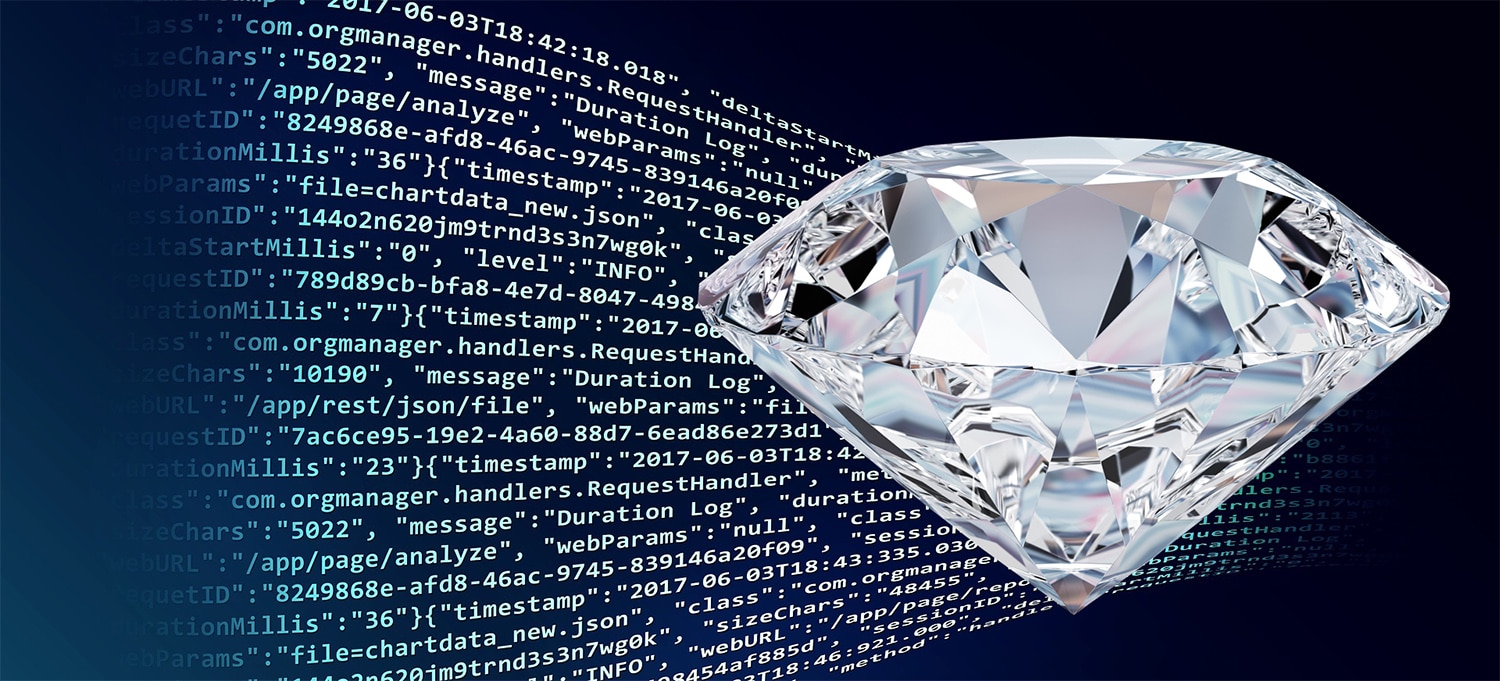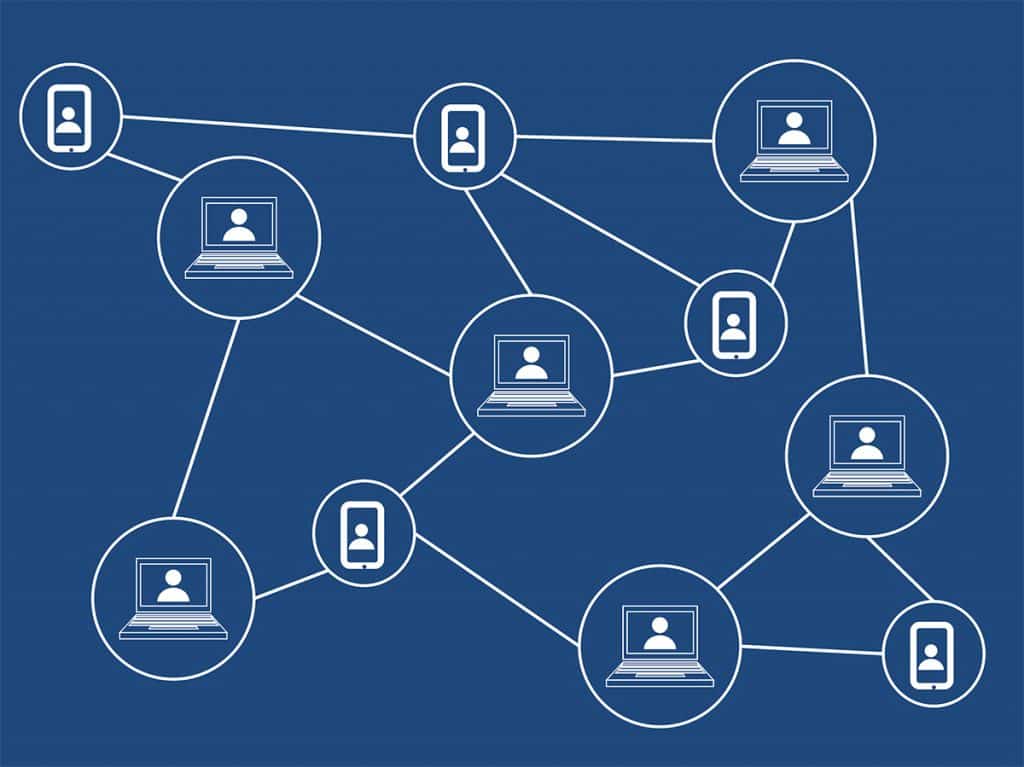Blog
Home » Diamonds blog » BLOCKCHAIN INITIATIVE TO PROVIDE TRACEABILITY FROM MINE TO MARKET
Focus on

What this essentially meant is that now the world’s two largest diamond producers, which together account for about 80 percent of all the rough diamonds produced by value, will together be providing enhanced assurance for consumers and trade participants about the provenance and authenticity of their diamonds.
According to its developers, Tracr is a tamper-proof digital registry for the diamond industry, allowing individual stones to be linked and tracked across the value chain. It does so by using Blockchain’s ability to securely and transparently record chain of transactions, and couples with this with sophisticated identification techniques to verify the connection between the digital record and the physical diamond.
Secondary data, such as gemological reports, Sarine scans and Kimberley Process certificates can be added to a primary record of the stone, and these can be encrypted to protect sensitive trade information.

PRIMARY AND SECONDARY DATA
A diamond, typically after it is mined, begins its journey on Tracr when it is registered and receives a unique identity. Primary information about stone, such as weight and color are uploaded, along with secondary data, like a photograph, Sarine scan and Kimberley Process certificate. Each block in the chain essentially relates to a period in which it is held by a single party, starting with the mining company.
As the diamond journeys down the chain of distribution, transactions are immutably recorded and verified, and passed on with all relevant information included. As rough stones are cut into multiple polished stones, a single chain may split into multiple chains, with additional secondary information, like grading certificate and invoices being added. The digital certificate that is created includes all critical information about the diamond, from the mine to the place where is located along the distribution chain.
The process continues all the way to point at which a diamond, or multiple diamonds, are sold in jewelry to consumers. Tracr essentially allows the journey of each registered stone to be monitored, all the way back to the mine.
This, in and of itself, represents a clear departure from De Beers’ traditional practice of not providing information about from what mine, or even country, diamonds have been sourced. Conventions, it seems, are being overturned on more than one level.
THE KEY CHALLENGE OF MATCHING ROUGH TO POLISHED
While the system itself is touted as promoting transparency in the trade, De Beers has been cagey about how it works, most specifically at the critical juncture at which rough diamonds are transformed into polished, and essentially change form into sometimes more than one stone. The question that is asked is how can one be certain that a polished stone is derived from a particular piece of rough?
Speaking to JCK Magazine’s Rob Bates, Deepak Gopalakrishna, the director of global blockchain projects for the BCG Digital Group, which is helping De Beers develop the platform, said that they are able to pick out 200 different characteristics that exist in each stone, and use a subset of those to create a unique signature.
One must determine the characteristics that uniquely identify a piece of rough, do the same for a piece of polished, and then be able to match the piece of polished with the rough it comes from, Gopalakrishna said.
“All three problems have different solutions that utilize different characteristics,” Gopalakrishna told JCK. “We have working solutions to all three.”
It should be noted that the Gemological Institute of America has already developed a system, as part of its Mine to Market program, which it claims is able to match a rough stone scan to a polished diamond. It requires extensive analysis of rough diamonds before the start of the production process, during which data related to their morphology, spectroscopy, and crystal growth structure are collected. Once a stone has been cut and polished, GIA is able to state with high probability that characteristics in the processed diamond matches those recorded in the rough stone.
